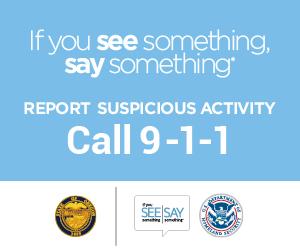- YourGovernment
-
OurCommunity
-
- About Tualatin Advisory Committees Animal Services Community Involvement City Codes City Council City Projects
- Community Crime Reports Customer Service Request Explore Tualatin Now Fire Library Municipal Court Tualatin Today
- Parks & Recreation Passports Permits & Forms Planning & Zoning Police Volunteer Tualatin Moving Forward
-
-
ForVisitors
-
- Parks, Greenways, Recreation and Library Library Parks Public Art Parks and Recreation
- Shopping, Dining, and Entertainment Chamber of Commerce
- Community Events Community Theatre Pumpkin Regatta Special Events
-
- DoingBusiness
-
HowDo I?
-
- Apply for a Job Apply for an Advisory Committee Contact the City Council Get a Copy of a Police Report File a Records Request Find Forms
- Find Planning & Zoning Find Public Transportation Find the City Code Get a Business License Get Email Subscriptions/Notifications Locate City Offices
- Contact the City Pay My Traffic Fine Pay My Water Bill Reserve a Facility Sign Up for a Recreation Program Search the Website Volunteer
-
See Something, Say Something
The Department of Homeland Security’s (DHS) “If You See Something, Say Something®” campaign is an initiative that encourages individuals across the nation to be the eyes and ears for safer communities.
A safe community requires the joint effort of all community members. The more observant and involved individuals are in their daily lives, the less likely crime will occur undetected. If we watch and report suspicious activity, we reduce the areas where criminals feel comfortable committing crimes, resulting in safer towns and cities across the nation.
WHAT IS SUSPICIOUS ACTIVITY?
Suspicious activity is any observed behavior that could indicate terrorism or other criminal activity.
Examples include:
- Unusual items or situations: A vehicle in an odd location, unattended luggage/package, open door/window that’s normally closed and locked, etc.
- Eliciting information: Questioning individuals at a level beyond mere curiosity about particular facets of a facility’s or building’s purpose, operations, security, etc.
- Observation/surveillance: Unusual attention to facilities or buildings beyond a casual or professional interest. Extended loitering without explanation, particularly in concealed locations with optimal visibility of potential targets. Unusual, repeated, and/or prolonged observation of buildings (e.g., with a video camera or binoculars), taking notes and/or measurements, sketching floor plans.
Many of these activities could be innocent. Law enforcement professionals must examine suspicious behaviors in a larger context to determine whether there is reason to investigate. The activities above are not all-inclusive. They have been compiled from a review of terrorist events over several years.
WHO TO NOTIFY & WHAT TO REPORT
Report suspicious activity to a person in authority, such as local law enforcement. Don’t be afraid to report something, even if you aren’t sure it was serious.
- Who to tell:
– On the street, tell a police officer.
– On a bus, tell the driver.
– In a train or subway station, tell a security guard.
- What to tell them:
– WHAT did you observe? Be specific.
– WHO did you see?
– WHEN did you see it?
– WHERE did you see this occur?
– WHY is it suspicious?
Protect your every day.
report suspicious activity
Call 9-1-1
CIVIL RIGHTS & CIVIL LIBERTIES
The “If You See Something, Say Something®” campaign respects civil rights and liberties by emphasizing behavior rather than appearance in identifying suspicious activity. Factors such as race, ethnicity, national origin, and religious affiliation alone are not suspicious.
For that reason, the public should only report suspicious behavior and situations (e.g., an unattended backpack in a public place or someone trying to break into a restricted area), rather than beliefs, thoughts, ideas, expression, associations, or speech unrelated to terrorism or other criminal activity.
Only reports that document behavior reasonably indicative of criminal activity associated with terrorism will be shared with federal partners.
For more information about the campaign, visit See Something, Say Something.

